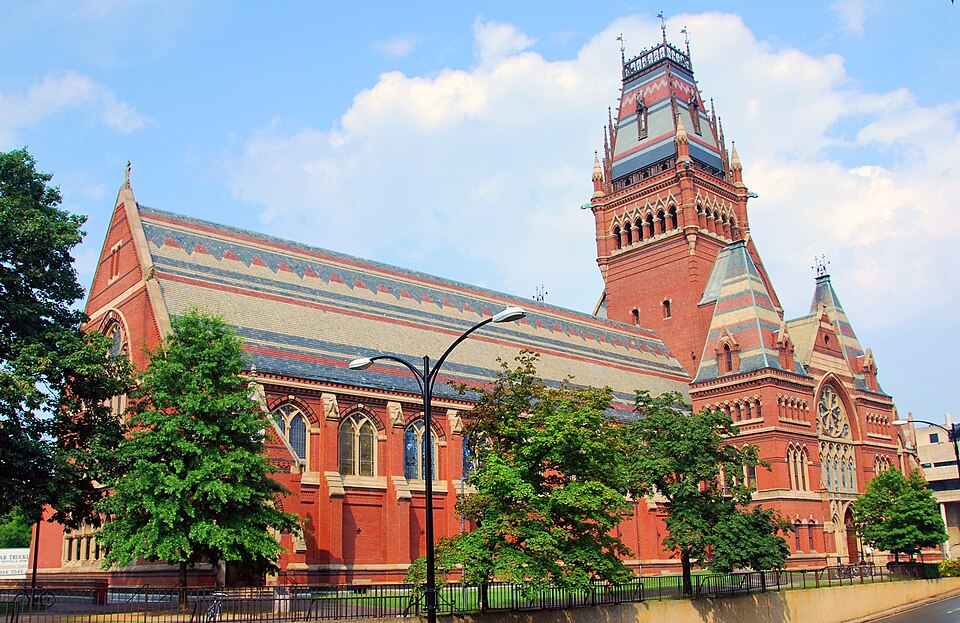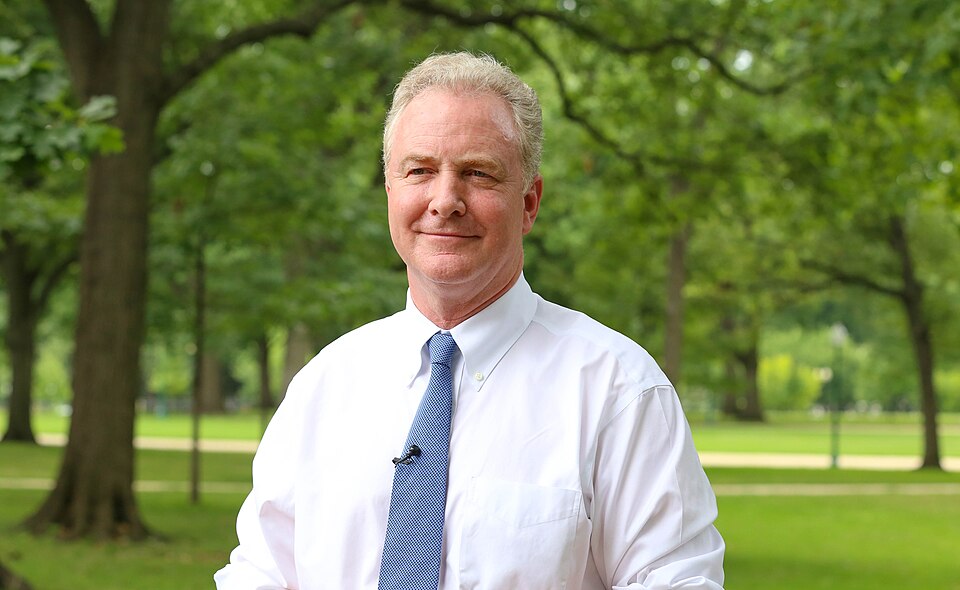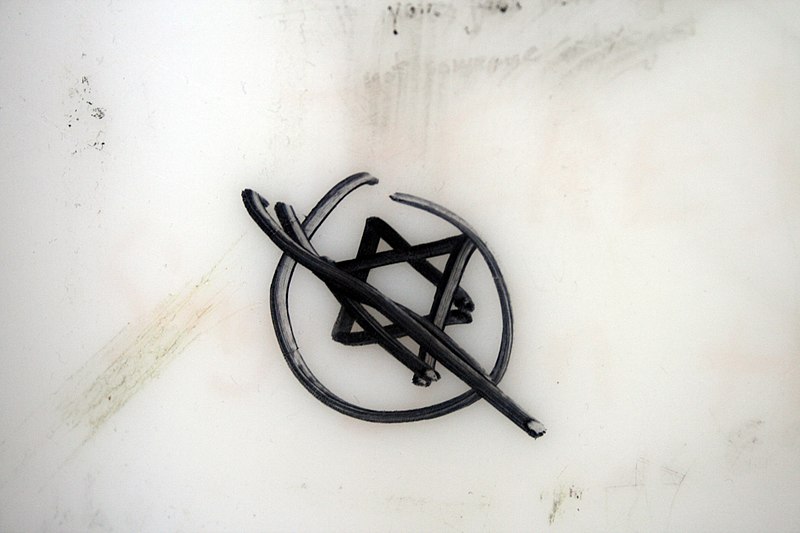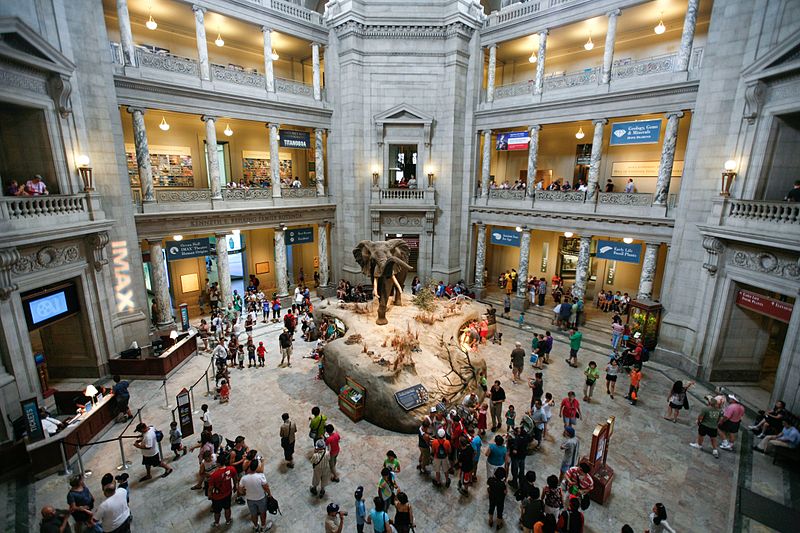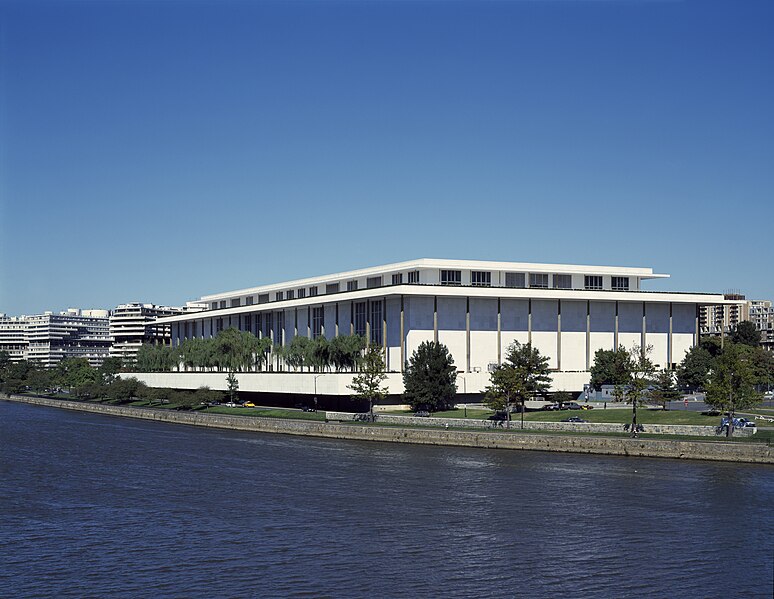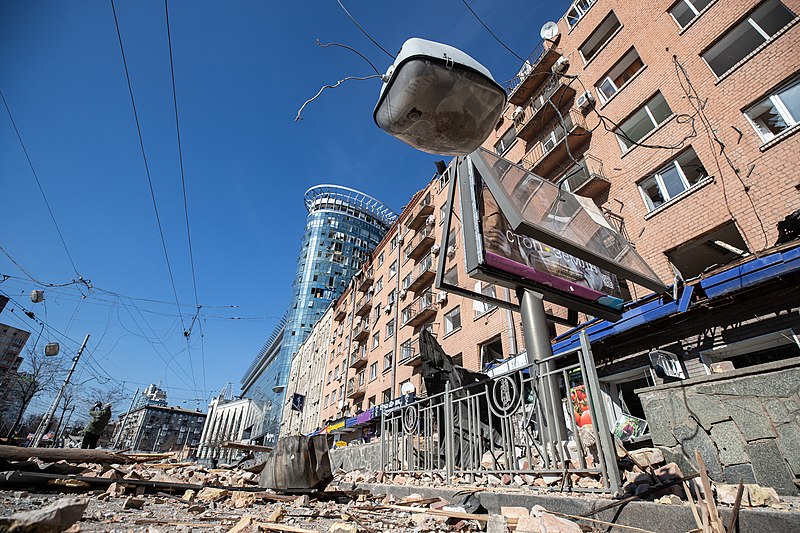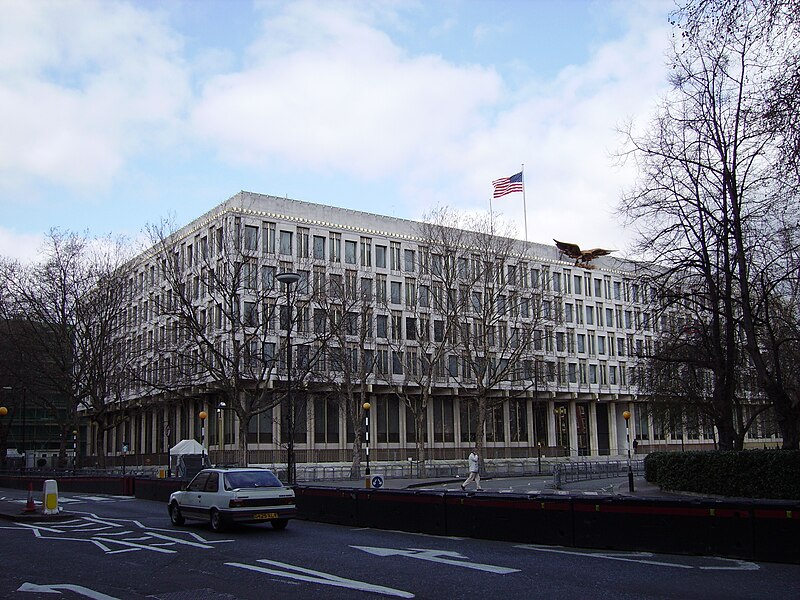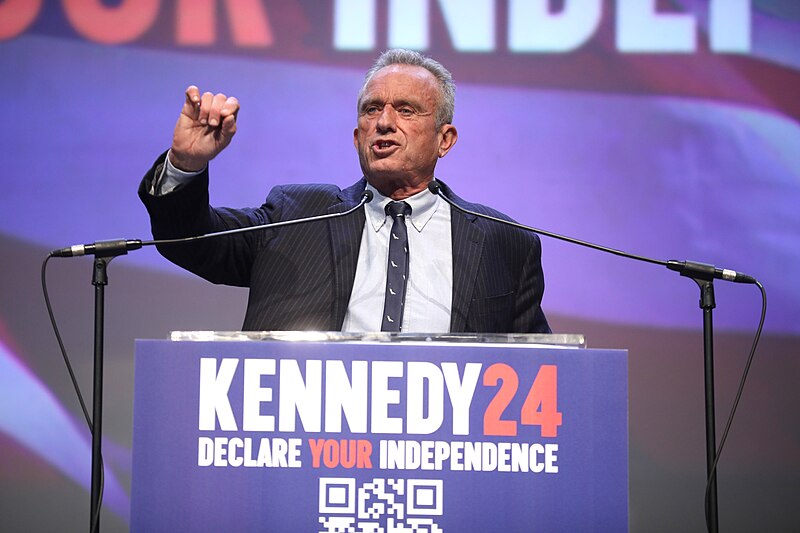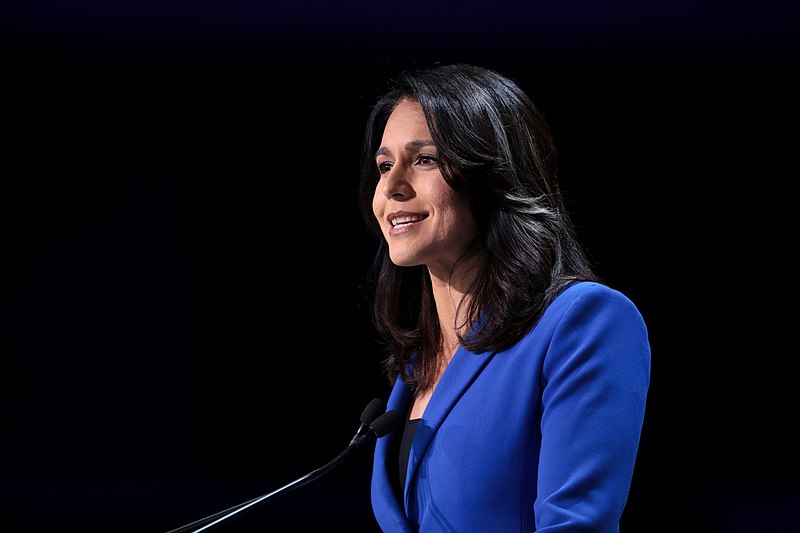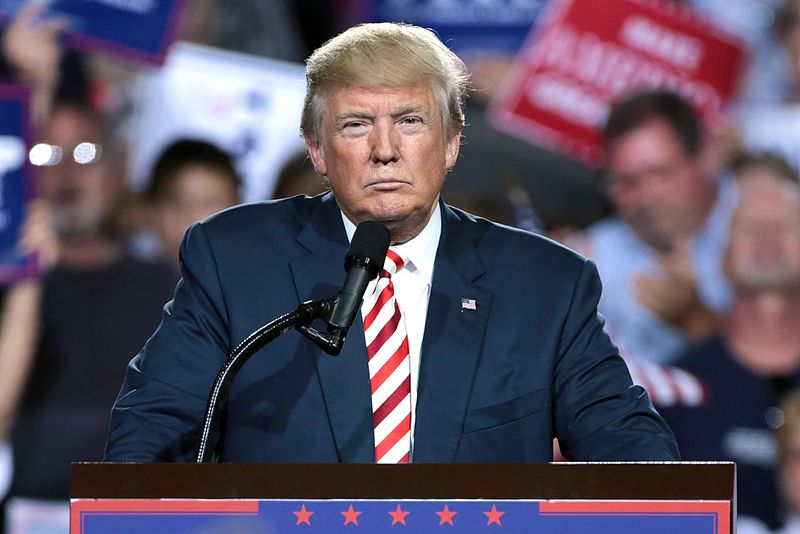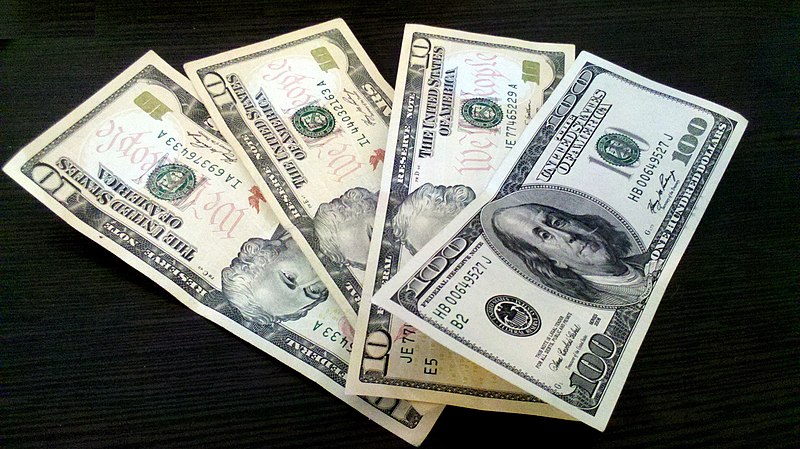
Despite more than a month of stay-at-home orders, the Washington region has become a coronavirus hotspot -- and the African-American and Latino populations of the
US capital have been particularly hard hit.
Washington and the neighboring states of Maryland and Virginia now have more than 50,000 confirmed cases of COVID-19 and there have been some 2,300 deaths.
Maryland Governor Larry Hogan predicted in early April that the area would see the next major outbreak and was about two weeks behind New York, the epicenter of the pandemic in the United States.
Despite the closure of schools and non-essential businesses and a lockdown since the end of March, the number of infections, hospitalizations and deaths has continued to rise in the region.
"We are a highly populated area with a high density," said Travis Gayles, chief of public health services in Maryland's Montgomery County, which borders Washington.
"We still have a high number of essential workers that have to go to work and are subject to exposure there," Gayles told AFP.
Montgomery County, to the north of the US capital, has about one million residents. As of Tuesday, it had 5,541 confirmed coronavirus cases and 292 deaths.
Maryland as a whole has reported around 26,400 cases and more than 1,300 deaths.
Many of the area's essential workers are African-American or Hispanic, and their infection and death rates are considerably higher than those of the white population.
"It is not uncommon that two families share a two-bedroom apartment," said Gayles.
"When one is positive, it spreads quickly, and it is much more difficult to isolate."
Other factors contributing to the high fatality rate among minorities are underlying health conditions such as high blood pressure and diabetes, and a lack of insurance coverage.
- 'Social distancing fatigue' -
There have been more than 5,300 confirmed cases of COVID-19 in Washington, which has a population of around 700,000, and 264 deaths.
African-Americans account for slightly less than half of the population of Washington -- but 80 percent of the virus deaths.
"This virus has not left the District," Washington Mayor Muriel Bowser said Monday. "We are where we thought we would be in having peak experiences during the month of May."
Amanda Castel, a professor in the epidemiology department at George Washington University, said the rise in the number of cases is due -- to some extent -- to increased testing capacity.
"People should not be alarmed that the numbers continue to go up," Castel told AFP, adding they should instead be "reassured that social distancing is working."
"There are more test kits and more testing sites," she said. "We are building capacities to test more individuals.
"It means we will identify more people who are positive," she said. "It's a good thing."
Castel said it was important to ensure that those who test positive "go into isolation and that their contacts are also screened for symptoms and put into quarantine."
She cautioned against the dangers of "social distancing fatigue."
"Over the weekend, there was a lot more movement," she said. "That's concerning -- people are tired."
Gayles said he was hopeful the region may be approaching the peak, although to "calculate the peak is tricky."
"I'm optimistic we are in the area of it," he said.
Several US states have already begun reopening despite not having met federal guidelines that call for a 14-day decline in the number of new virus cases before doing so.
Ralph Northam, the governor of Virginia, has said he may partially ease restrictions from May 15 -- a move not yet embraced by Hogan or Bowser.
"Guidance was clear for states to prepare to reopen -- a 14-day decline in cases, capacity for widespread testing, hospitals in place," Castel said.
"If you can't tick all the boxes, it makes it premature to reopen."
Virginia has reported around 19,500 COVID-19 cases and nearly 700 deaths.afp
